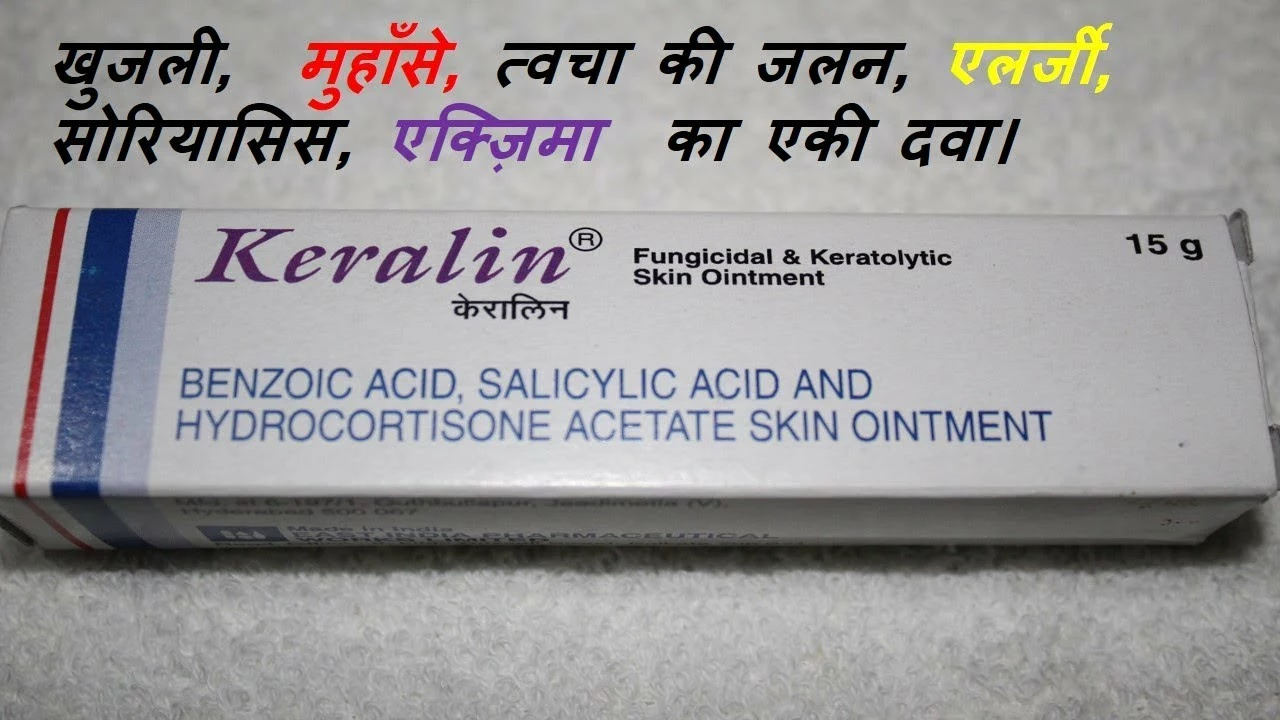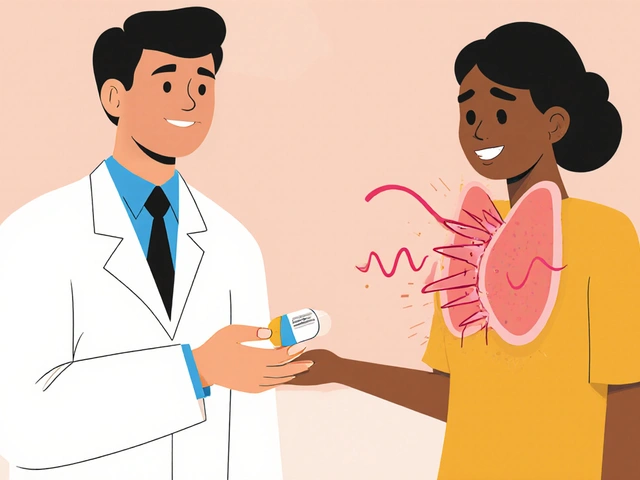Skin Irritation – Quick Relief Tips & Best Over‑the‑Counter Options
If your arm feels itchy or a patch of skin looks red, you’re probably dealing with irritation. It’s one of those annoyances that can ruin your day, but the good news is most cases are easy to fix at home.
Why Your Skin Gets Itchy
Skin irritation shows up for many reasons. Dry air in winter pulls moisture out of the outer layer, leaving a tight, itchy feeling. Allergens like pollen, pet dander, or certain soaps can spark a rash that looks pink and bumpy. Insect bites drop a tiny amount of saliva under the skin, causing a raised spot that throbs when you scratch.
Even something as simple as a new detergent can be the culprit. The chemicals in fabric softeners or laundry soap sometimes irritate sensitive skin. If you’ve changed any product recently—shampoo, lotion, even sunscreen—think about testing it on a small area first.
Fast‑Acting Ways to Calm the Irritation
The fastest fix is to stop the itch before it gets worse. Rinse the affected spot with cool (not cold) water for a minute; this shrinks blood vessels and reduces redness. Pat dry gently—no rubbing.
Next, slap on a thin layer of an OTC hydrocortisone cream (1%). It’s a mild steroid that calms inflammation without needing a prescription. Apply it twice a day for up to a week; if the rash isn’t better after 7 days, stop and talk to a pharmacist.
Antihistamines like diphenhydramine (Benadryl) work well if allergies are behind the itch. One tablet at bedtime can keep you from scratching through the night. For people who can’t take drowsy meds, non‑sedating options such as loratadine (Claritin) do the trick during the day.
Moisturizing is a must, especially if dry skin is the issue. Choose a fragrance‑free ointment—think petroleum jelly or ceramide‑rich creams—and lock it in right after you’ve bathed while your skin is still damp.
If the irritation spreads quickly, feels painful, or shows pus, those are signs of infection. In that case, skip the home tricks and see a doctor ASAP. Same goes for chronic eczema flare‑ups—your physician might prescribe stronger steroids or suggest a tailored skin‑care routine.
Prevention tips are simple: wear breathable fabrics like cotton, avoid hot showers, and keep your living space humid in winter. When you try a new product, do a patch test on the inner forearm for 24 hours before using it all over.
Bottom line: most skin irritation can be soothed with cool water, a little hydrocortisone, an antihistamine if needed, and a good moisturizer. If those steps don’t help within a week, or if you notice worsening symptoms, reach out to a healthcare professional for advice.
The use of benzalkonium chloride/zinc oxide in treating chafing
I recently came across an interesting remedy for treating chafing - using a combination of benzalkonium chloride and zinc oxide. Benzalkonium chloride is an antiseptic known for its disinfecting properties, while zinc oxide has soothing and protective effects on the skin. When combined, these two ingredients can help prevent infection and alleviate the discomfort associated with chafing. I personally find this treatment to be quite effective and a great alternative to traditional anti-chafing creams. If you're struggling with chafing, give this combination a try and see if it works for you!






